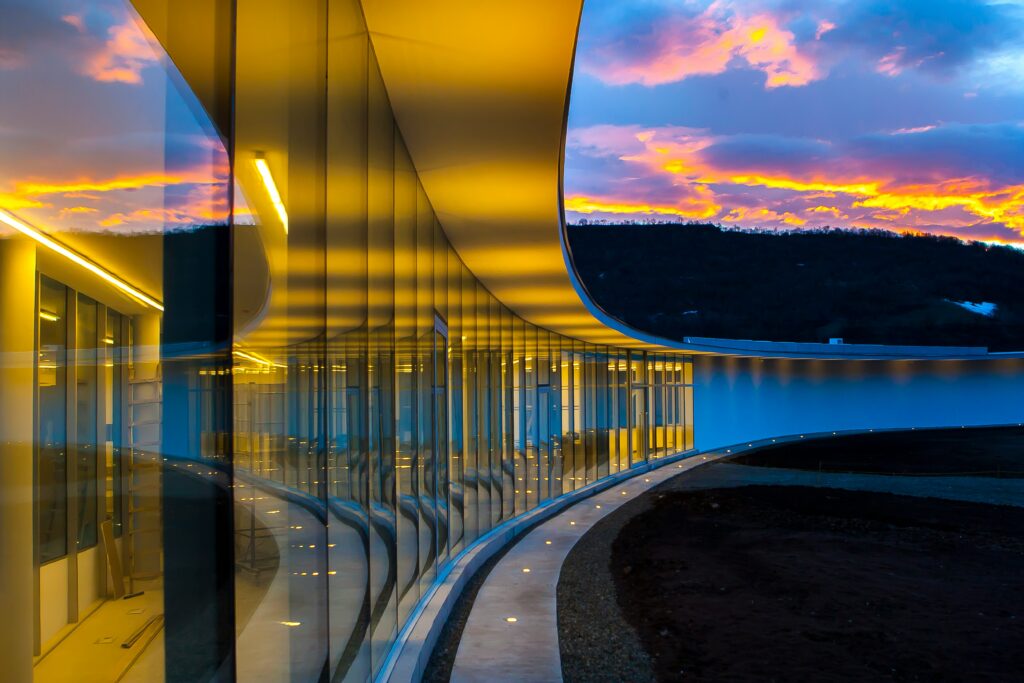Building automation industry professionals are adopting digital transformation and climate initiatives simultaneously. Energy efficiency and high-tech utilities are complementary, and electrified HVACs are one of the most worthwhile returns on investment for achieving both goals. Discover how simple yet effective it is to retrofit structures with these systems for decarbonization and automation enhancements.
Justifying the Need for Smart Electrified HVAC Systems
Buildings must support fossil fuel-free HVAC setups, as they yield more profound energy efficiency. Electrified utilities run on clean energy, eliminating resources like propane and natural gas from the equation. Installation ideas include solar HVAC, heat pumps or inverter-driven compressors. Most places can support an HVAC retrofit, especially if a structure is embracing building automation systems (BASs).
Its role is to meld with other smart peripherals and automatic processes to reduce human intervention, become more sustainable and alleviate maintenance stressors. HVAC electrification provides these advantages in commercial and residential settings:
- Lowered energy bills
- Improved indoor air quality
- Reduced pollutant concentrations
- Minimized carbon footprint
- Fewer maintenance costs
- Increased indoor environmental control
BASs with electric HVACs prevent carbon emissions from hitting all-time highs. The International Energy Agency revealed retrofitting conventional water heaters for electrified heat pumps will cut emissions by over 500 million tons in the next 10 years.
Building automation achieves this by notifying operators of malfunctions, identifying opportunities for proactive maintenance and locating hot spots causing overloads or exertion. The effort saves resources and power while diverting focus away from fossil fuels.
Challenges in Retrofitting Existing BASs
While many places adopt electric HVACs and smart automation, it is an expensive upfront investment alongside a lengthy customization process. This is even truer for older builds that may have compatibility issues with legacy machinery. Fortunately, there are logical ways to determine the next best actions. Make HVAC electrification generate returns quickest and incentivize building experts to choose retrofits over replacements for greater sustainability.
Intelligent purchasing choices start with assessing existing assets. How many BASs are present and how many will need retrofitting to support incoming HVAC equipment? As long as there is cohesion between smart devices — in brand and standardization — management is seamless. All upgrades and data must align with a building’s foundational objectives, whether it be to decrease carbon footprint or improve indoor conditions.
Price ranges vary depending on how deep smart technologies penetrate the structure. This is contingent upon the building’s size. Electrified technologies might make inhabitants assume bigger is better, justifying it by saying they could use infinite clean energy. However, choosing HVAC tools to match scale is crucial.
Additionally, buildings must consider if the HVAC system will be operated in-house or by an external party. This is crucial to building an electrification and automation strategy. Depending on the climate, heating and cooling needs could be volatile. How much agency should the electrified HVAC system provide operators? The decision will also influence cost and vendor contracts.
Wells Fargo went through all these decisions and more when retrofitting their buildings with energy-efficient HVAC motors. These drop-in components will save 7,000 kilowatt-hours yearly in a single Colorado branch and 29,000 in a North Carolina office. The variable speeds respond to current climate conditions to optimize electricity use for heating and cooling.
Strategies for Intelligent Retrofitting
HVAC systems are some of the most energy-intensive facets of modern buildings. Tapering energy consumption before transitioning to an electrified variant is the best way to ensure the system’s longevity and competency. Banking on these cursory savings will make the blow of the HVAC installation less drastic.
Habitual changes make BASs more comprehensively efficient instead of improvements being exclusive to heating and cooling tech. Fast food chain Arby’s experimented with installing smart thermostats to help their antiquated HVAC systems and they saved between 4% and 5% on a single building’s utility charges. Imagine the energy and financial savings across over 900 locations.
Building automation tools, like the Internet of Things and sensors, are valuable here. They collect data to identify problem areas that are the least expensive yet practical to tackle, such as switching to LED light bulbs or reminding employees or residents to turn off appliances at night. The information also assists any building audits performed throughout the retrofitting process.
Cybersecurity vulnerabilities are a common oversight in electrified HVAC systems with automation integrations. Builders must collaborate with analysts and IT professionals to assess the robustness of defensive systems, compliance adherence and incident response protocols if hackers compromise equipment. Anticipating and preparing for the possibility of a breach is vital for setting expectations in a world of digitized utilities.
Retrofitting Utility Machinery for Smarter Buildings
Electrified HVACs will shine if they integrate with the rest of the structure’s smart, automatic systems for a streamlined experience. Building automation experts are responsible for offering seamless solutions highlighting the monetary and carbon benefits of switching.
Demolishing a building because it cannot support modern hardware is not a good enough reason to administer that much environmental damage. Retrofitting with modern, electrified hardware is one of the best ways to revitalize aging infrastructure in the age of decarbonization and climate awareness.



